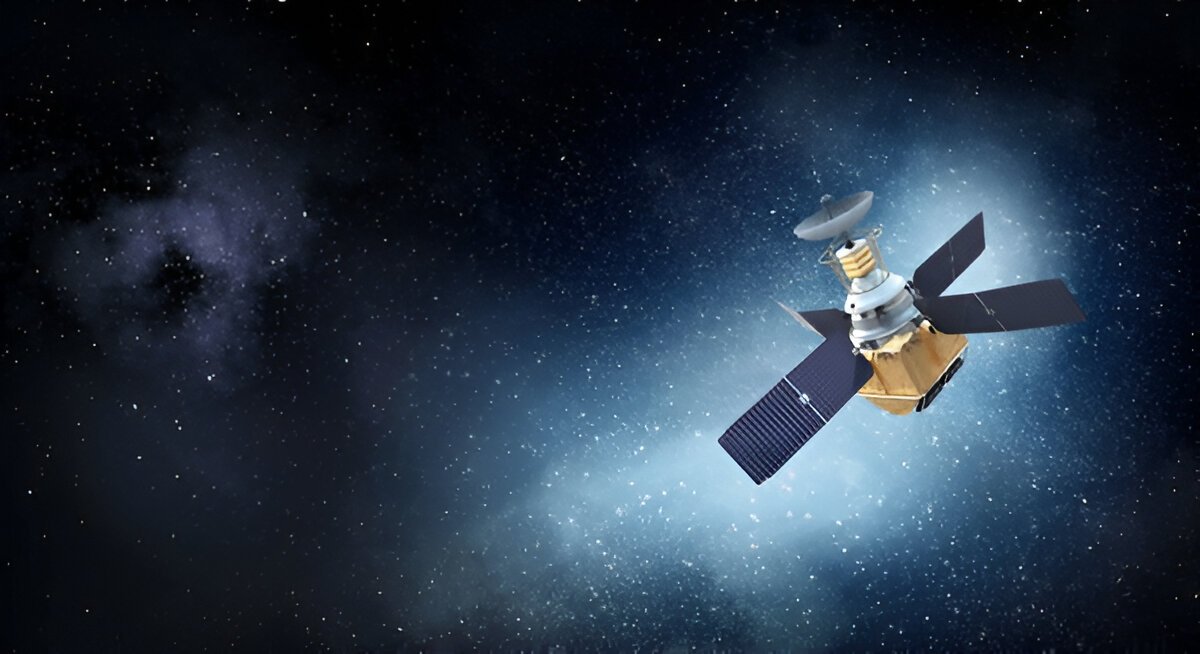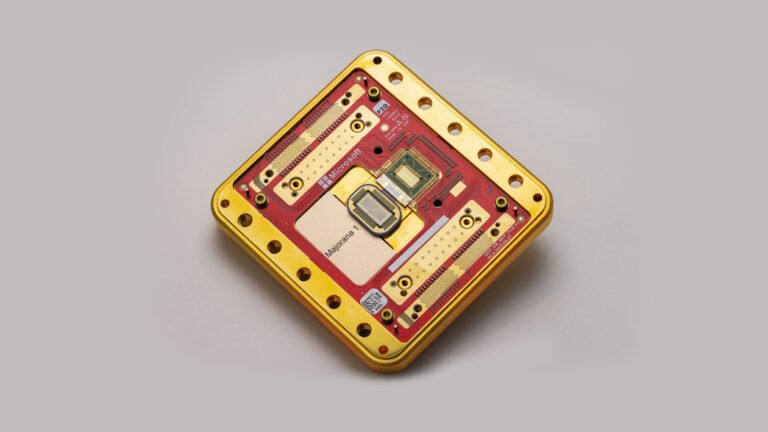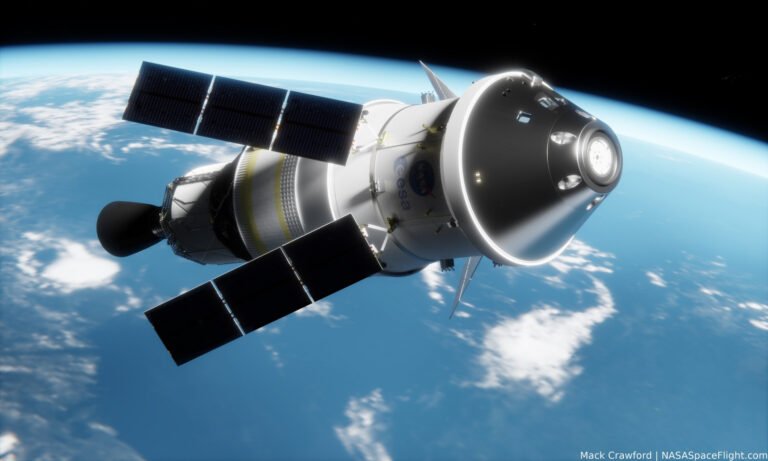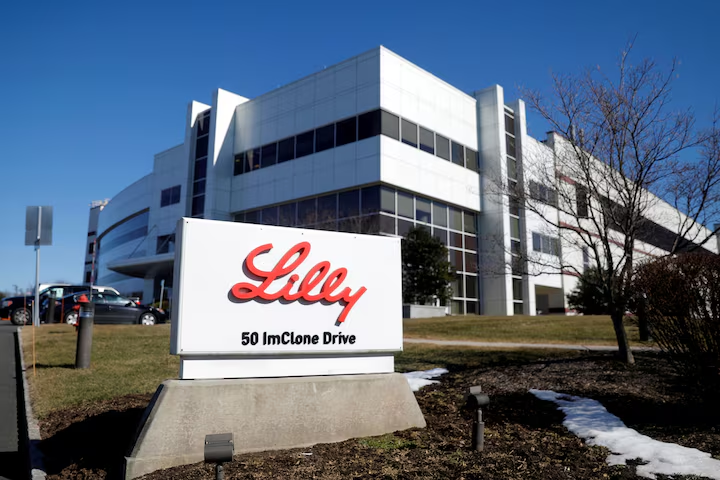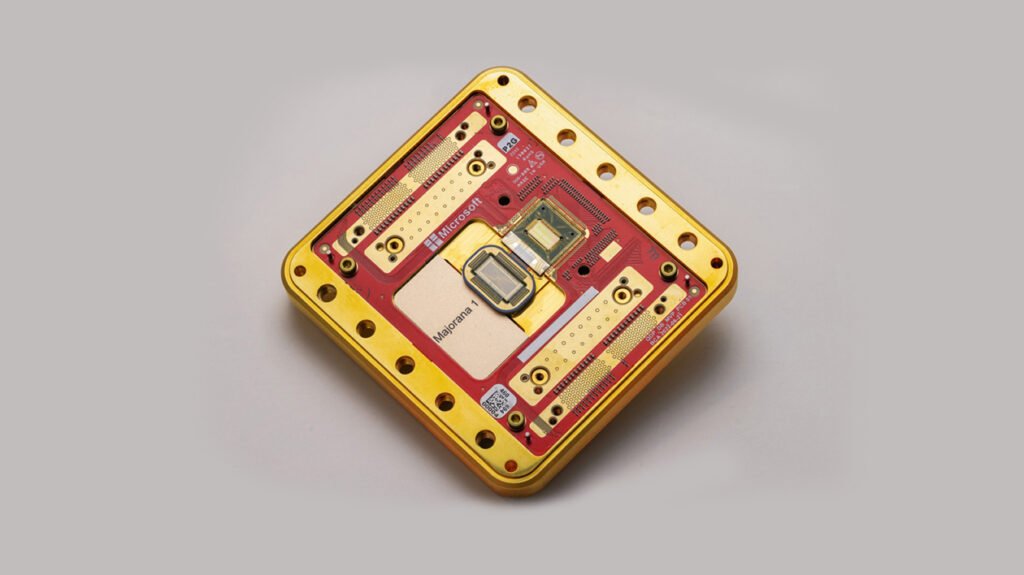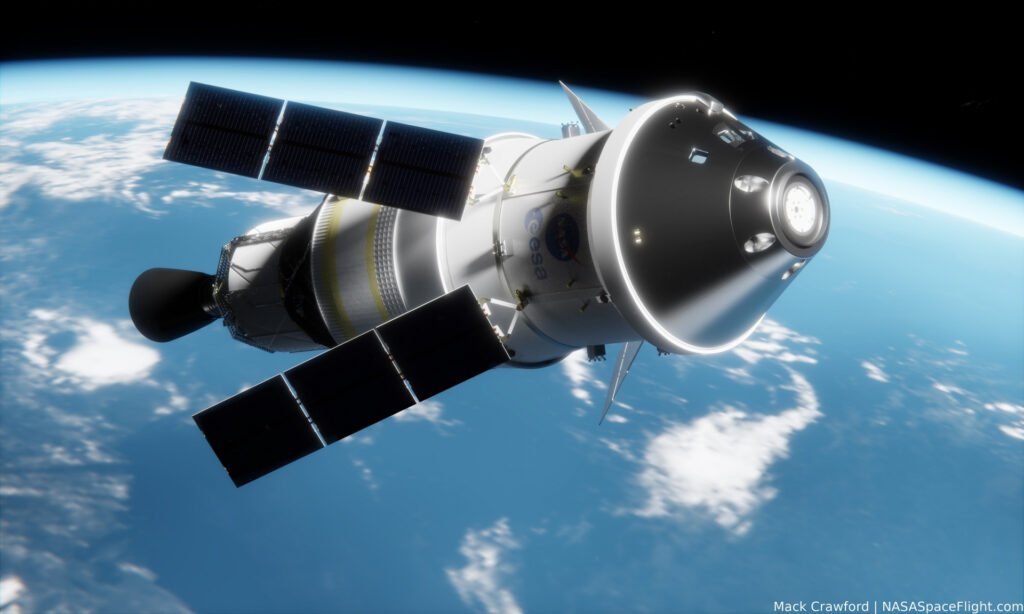The continuous journey of NASA’s Voyager 1 probe is truly remarkable. After nearly five decades in deep space, this venerable spacecraft recently faced critical technical challenges. These issues severely threatened its mission. Nevertheless, through extraordinary engineering efforts, NASA achieved a miraculous Voyager 1 recovery. This impressive feat enabled the 46-year-old probe to continue its groundbreaking exploration of interstellar space. Indeed, these recent fixes highlight the probe’s inherent resilience. They also underscore the unwavering dedication of the teams on Earth.
Voyager 1 Recovery: A Testament to Space Engineering
The Voyager 1 recovery efforts showcase unparalleled space engineering. In November 2023, for instance, Voyager 1 encountered a severe malfunction. Its Flight Data System (FDS) began sending back garbled, unreadable data. This critical onboard computer collects and transmits scientific and engineering information. Consequently, the FDS problem effectively silenced the probe’s scientific voice. Engineers traced this “digital dementia” to a corrupted memory chip within the FDS. A physical repair, of course, was impossible, given Voyager 1’s immense distance. Signals travel over 23 hours one-way, making diagnosis and command execution painstaking.
After months of tireless work, however, NASA engineers devised an ingenious software patch. In April 2024, they successfully sent commands. These commands bypassed the faulty chip. They also relocated the affected FDS code to different, healthy memory sections. By late May 2024, remarkably, Voyager 1 resumed sending readable science data from all four of its instruments. This was a crucial first step in the mission’s revival.
The Data Mystery: Overcoming Voyager 1’s Communication Crisis
The FDS data issue presented a unique challenge. Voyager 1 operates with 1970s technology, far beyond its design life. Therefore, the team needed to understand the problem from billions of miles away. They meticulously sent test commands and analyzed the faint, garbled signals. This process required immense patience and specialized technical expertise. The solution involved sending a complex sequence of commands. Furthermore, these commands reprogrammed a critical part of the FDS from Earth. Success, importantly, meant bringing the probe’s vital data streams back online. This allowed scientists to once again receive information about the interstellar medium. The successful resolution demonstrated the team’s incredible problem-solving skills. It also highlighted the robust design of the original spacecraft. This crucial fix ensured the mission could continue its vital work.
A Thruster Revival: Critical to Voyager 1 Recovery
The data fix was not the only recent challenge. Voyager 1 uses small thrusters to maintain its orientation. This keeps its high-gain antenna pointed precisely at Earth for communication. The probe’s original primary roll thrusters had degraded. They became unusable as far back as 2004. Since then, the mission relied on a backup set. However, these backups also showed signs of aging. Clogged fuel lines threatened their efficiency. Consequently, without stable pointing, the mission faced an eventual end.
A looming crisis required urgent action. Moreover, the Deep Space Network’s DSS-43 antenna in Australia, the only one powerful enough to command Voyager, was scheduled for extended upgrades from May 2025. In a truly miraculous engineering feat, NASA successfully reactivated the “dead” primary thrusters in March 2025. These thrusters had been dormant for 21 years. This involved powering up long-inactive heaters and carefully re-routing systems. The success was critical. It ensured the probe’s ability to maintain its Earth-pointing orientation. This complex thruster fix solidified the ongoing Voyager 1 recovery.
Voyager’s Unending Journey: Interstellar Pioneer
Voyager 1 remains an unparalleled pioneer. Launched in 1977, it became the first human-made object to cross into interstellar space in August 2012. It continues to travel further into the cosmos. It provides unique data about the environment beyond our solar system’s protective heliosphere. The probe sends back information about interstellar plasma and magnetic fields. This has revolutionized our understanding of the cosmic frontier.
Its current distance means a signal from Earth takes approximately 23 hours and 5 minutes to reach it. A response then takes another 23 hours and 5 minutes to return. To extend its mission, furthermore, engineers meticulously manage the probe’s dwindling power supply. Decaying plutonium generates this power. Instruments are selectively powered down. This strategy intends to keep Voyager 1 operating until the early 2030s. Thus, it continues its unprecedented interstellar journey.
The Lasting Legacy of Voyager 1 Recovery
The recent triumphs in Voyager 1 recovery are more than just technical achievements. They represent a profound testament to human ingenuity. They also embody the enduring spirit of exploration. Fixing a 46-year-old spacecraft, billions of miles away, with 1970s technology, sets a powerful precedent. This applies to future long-duration deep space missions. These repairs showcase the incredible resilience of both the hardware. They also highlight the dedication of the team of engineers. This team has cared for Voyager for decades.
This success ensures Voyager 1 can continue its mission. It sends back invaluable data from the farthest reaches of human endeavor. Its ongoing journey inspires awe. It reminds us, moreover, of our capability to push knowledge boundaries. This is true even with aging technology. The probe’s continued operation is a beacon of human achievement.
Conclusion: A Symbol of Perseverance
Voyager 1’s recent miraculous revival proves that even decades-old technology can outlast expectations. This is especially true when combined with human creativity and perseverance. From solving complex data corruption to reactivating long-dormant thrusters, each fix is a chapter in an extraordinary ongoing story. The Voyager 1 recovery allows this interstellar trailblazer to continue its vital mission. The satellite sends back data from beyond our solar system. It remains a powerful symbol of humanity’s insatiable drive to explore. It also shows our ability to understand and overcome seemingly insurmountable challenges in the vast expanse of space.
For more news and updates, please visit PFM Today.

